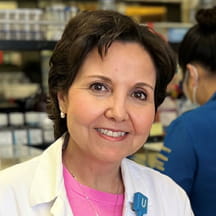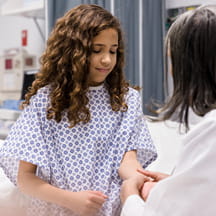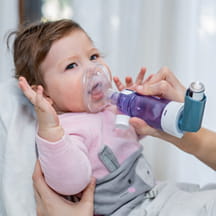When a series of earthquakes in 2023 devastated Türkiye (formerly called Turkey), I was packing for a trip to visit my parents in Ankara, the capital of the country and my hometown. I looked forward to catching up with family and friends over tea and more tea (black tea, of course, the only real tea according to us Turks).
But at 4 a.m. in the dead of winter, two 7.8-magnitude earthquakes and hundreds of seismic aftershocks rocked a region in central Türkiye the size of Indiana. More than 50,000 people died, and 13 million were affected.
The horror of the disaster is difficult to fathom. Children were pulled from the rubble of enormous buildings, collapsed like accordions. Their legs were caught in the grip of concrete slabs, pieces of a bank or school or house flung down by the seismic tremor. Some were frozen with hypothermia, and some rescued with lost limbs. More than 200 underwent amputations.
Doctors from all over the country, including my hometown, flocked to the site to help. Other countries and organizations sent aid. As I urgently talked to my network of intensivists and others at ground zero, I realized there would be a gap in the care for the children who needed amputations. They would require care for more than just a month or two, and it would need to be comprehensive — they lost not only their limbs but also their homes and their families.
Working with a university in Türkiye, along with colleagues at UCLA Health and others, we developed follow-up care for children who underwent amputation. This was not our area of expertise, and the process of prosthetic recovery is highly complicated — encompassing social, psychological, and monetary aspects in addition to the basic difficulty of finding the precise prosthesis for each child given their needs now and in the future. It became a full-time job for months, and our group grew from a few people to more than 100 between the U.S. and Türkiye.
This ultimately led to the Children Wellness Center, a sustainable medical support system providing physical therapy, counseling, educational scholarships, and research. As a result, 147 children have received prosthetics so far, along with rehabilitation, psychotherapy, and scholarships.
My experience led me on a mission in the U.S. to help train non-pediatric physicians to provide pediatric emergency care and to raise awareness on the consequences when hospitals are not adequately prepared for a disaster. The majority of children will be cared for in adult emergency rooms, and as we know, children have unique physical, mental, and social needs. Treating children requires specialized training and equipment that must be accounted for in disaster plans.
I know children’s hospitals and pediatric organizations are addressing this in impactful ways. I wanted to make a small difference in my little corner, so I organized the Society of Critical Care Medicine’s crisis management course that provides hands-on training to all levels of providers. If even a single child receives better care in a disaster because of it, I’ll be happy.



